Private Hampton Barton was born in Warren, Rhode Island in 1747,[1] the year the Town was founded. He grew up enslaved on the farm of Benjamin Barton and was known only by his first name. The first Town record that mentions him is the 1774 “Inventory of Sundry Farming Implements & Stock”, a separate document from the Personal Inventory of the estate of Benjamin Barton submitted shortly after his death in 1773. Hampton was listed by name in this inventory[2] (valued at 51 pounds) along with a woman named Phillis and a girl named Hollon. (A fourth enslaved person, named Hadley, is covered separately.) These three people became the property of Benjamin’s son, Richard Barton.[3]
On April 29, 1777, at the age of 30, Hampton was enlisted[4] in the Continental Army; his owner likely received 42 pounds in bounty[5]. When he passed muster, Hampton became a free man and soldier: Private Hampton Barton.[6] During the summer of 1777, as a private in the 1st Rhode Island Regiment (private was the only rank allowed for a Black soldier and he could never be promoted regardless of seniority), Barton would have been inoculated against smallpox[7] and given basic training. In the fall, his Company, under the leadership of Captain Arnold[8], took part in the campaigns at Forts Mercer and Mifflin in New Jersey as well as the Battle of Red Bank. In late fall, along with 12,000 others, he encamped at Valley Forge, where he likely shared a self-built cabin with other Black Rhode Island soldiers, receiving military training when weather and circumstance allowed.
In June of 1778, as the Rhode Island military formally recruited Black and Indian men, the two regiments at Valley Forge went from integrated to segregated, with all white soldiers moved into the 2nd Regiment, all Black and Native American soldiers to the 1st. Pvt. Barton’s Company moved north, fought under Washington at the Battle of Monmouth and shortly thereafter encamped to East Greenwich, Rhode Island. Along with guarding a section of Narragansett Bay, the soldiers spent time making fascines, a mat of saplings used to strengthen unstable areas enough for heavy equipment. In August, Pvt. Barton’s Company fought against the Hessians at the Battle of Rhode Island but was then sent back to East Greenwich. Keeping these Black men out of the war doing what many might been considered “busy work” could well have been because white soldiers would not serve alongside Black men and thus they were sidelined.
Private Barton was honorably discharged on May 20, 1780[9]. Two months later he reenlisted[10] in the Rhode Island Continental Battalion for six months. Washington ordered the company to repair a fort in Newport but lack of adequate clothing and firewood for the troops lead to its early decommission on November 30[11]; the men were home by Christmas.
Hampton Barton, first a slave and then a soldier, had no home to go to. (Whether Phyllis, Hadley and Hollon from the Barton farm were family to him we do not know.) Where he lived for the next decade is not recorded, but he was living in Warren in 1792, eleven years after he left the Continental Army. April 2 of that year the Warren Town Council voted to take control of Barton’s life. Minutes of the meeting state: …the said Council do adjudge Hampton Negro Man formerly belonging to Richard Barton* to be incapable of managing his affairs…appoints Mr. Ichabod Cole guardian to the said Hampton.[12] (It should be noted that although Hampton Barton was a veteran and free man with a first and last name, the Council chose to refer to him by only his first name.) Ichabod Cole, a veteran and talented cabinetmaker[13], was a contemporary of Hampton’s; they were both in their mid-forties at the time of the guardianship. Did Hampton become an assistant to Ichabod? Cole’s masterful work is dated from 1785-1800; he was Hampton’s guardian for the majority of that time. There are no records showing the billing from or payment to Ichabod Cole for the care of Hampton Barton, though they typically would have been submitted to the Council and payment made after a vote.
There are no further records for Hampton Barton nor is his death date or burial place known. Although he honorably served his country for three and a half years, and there were numerous records of his service at the Rhode Island State Archives, his name was not included on the 2000 Warren Town Honor Roll of those who fought in the Revolutionary War; it was added in 2021. [14]
[1] RI Continental Batallion Enlistment record “In the Town of Warren” in the summer of 1780. From Military Papers of the Revolutionary War, Rhode Island State Archives.
[2] Warren Wills & Inventories, Volume 1, page 436-437, Warren Town Clerk’s Office. “Inventory of Sundry Farming Implements & Stock Belonging to the Estate of Capt.Benjamin Barton” dated March 29, 1774.
[3] Ibid, pg 425-427, Will of Captain Benjamin Barton, dated July 7, 1768
[4] RI Continental Batallion 1780
[5] September 16,1776 the Continental Congress voted to increase bounty for new soldiers recruited in 1777 to 20 pounds. In April 1777 Rhode Island Assembly voted to provide a maximum of 22 pounds per recruit.
[6] Enslaved people did not have surnames. Enslaved men who entered the Continental Army were promised their freedom once they “passed muster.” Enslaved men were generally given the surname of the person who had owned them.
[7] George Washington: “Finding the smallpox to be spreading much and fearing that no precaution can prevent it from running thro’ the whole of our Army, I have determined that the Troops shall be inoculated. This Expedient may be attended with some inconveniences and some disadvantages, but yet I trust, in its consequences will have the most happy effects.” https://www.realclearscience.com/blog/2016/09/how_vaccination_helped_win_the_revolutionary_war
[8] “Date of the Enlistments of the Inlisted in Capt. Arnold’s Company” Rhode Island Historical Society
[9] Col. Greene’s Company, Muster Roll dated May 4, 1781, Compiled Military Service Records, National Archives, Washington DC. Hampton Barton,
[10] RI Continental Batallion 1780 Muster Roll,
[11] Daniel M. Popeck, They Fought Bravely, but Were Unfortunate:The True Story of Rhode Island’s “Black Regiment” and the Failure of Segregation in Rhode Island’s Continental Line, 1777-1783, pg. 400
[12] Warren Wills & Inventories, Volume 2, pg 59
[13] In 2016, Yale University Art Gallery had an exhibit entitled Art and Industry in Early America: Rhode Island Furniture, 1650–1830. A desk and bookcase, made and signed by Ichabod Cole with the date 1790, was displayed. https://artgallery.yale.edu/sites/default/files/files/pubs/Art_and_Industry_in_Early_America.pdf
[14] Warren Times Gazette, November 17, 2021, “Restored Warren Honor Roll memorializes soldiers of past and present”



 discussion of architecture, important sites and a little bit of history. For the last two years there has also been some inclusion about the slave trade and people who were enslaved here. Standing at the Town Wharf near where Warren’s first slave ship departed in 1789, I tell the kids a little about the slave trade. Now you have to
discussion of architecture, important sites and a little bit of history. For the last two years there has also been some inclusion about the slave trade and people who were enslaved here. Standing at the Town Wharf near where Warren’s first slave ship departed in 1789, I tell the kids a little about the slave trade. Now you have to 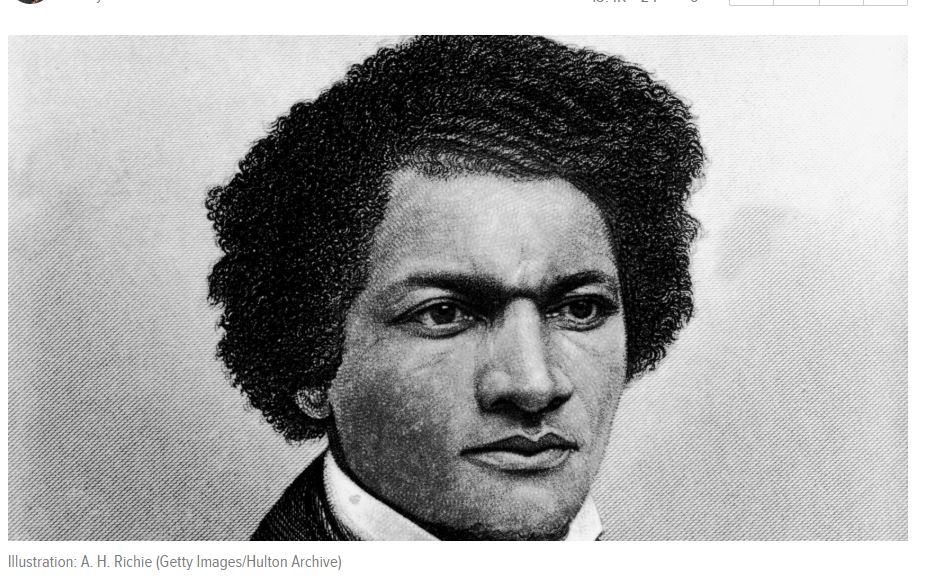 This year Frederick Douglass’ speech has been read by his descendants and been posted online by NPR. You can reach it by
This year Frederick Douglass’ speech has been read by his descendants and been posted online by NPR. You can reach it by 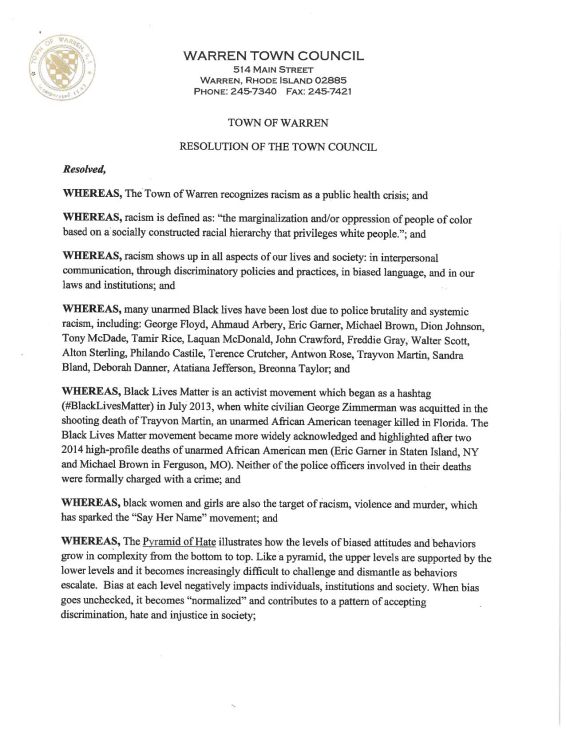
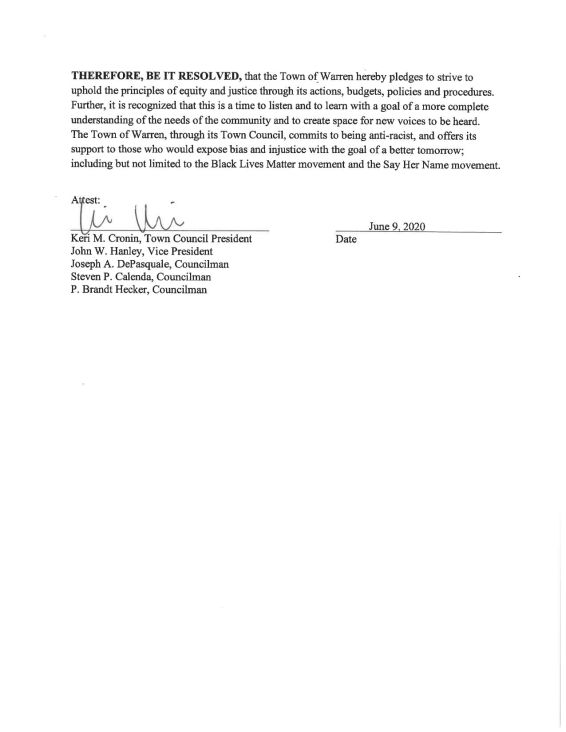
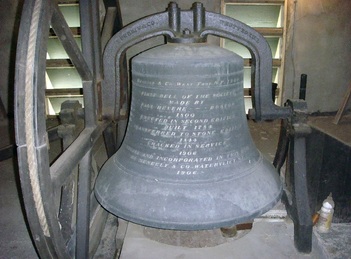
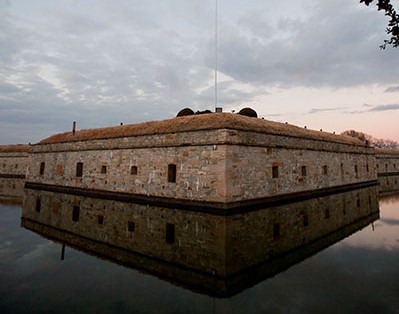
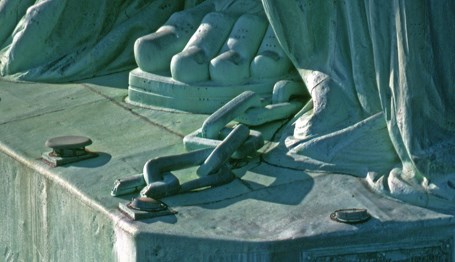 The Statue of Liberty was the idea of Eduardo de Laboulaye, a French political thinker and staunch abolitionist. And it was meant to celebrate the end of slavery and the victory of the North in the Civil War. Broken shackles at her foot symbolize that fact.
The Statue of Liberty was the idea of Eduardo de Laboulaye, a French political thinker and staunch abolitionist. And it was meant to celebrate the end of slavery and the victory of the North in the Civil War. Broken shackles at her foot symbolize that fact.
 In February of 2016, Christy Clark-Pujara — author of Dark Work: The Business of Slavery in Rhode Island — gave a talk at the John Carter Brown Library at Brown University. It can be seen in full on Youtube
In February of 2016, Christy Clark-Pujara — author of Dark Work: The Business of Slavery in Rhode Island — gave a talk at the John Carter Brown Library at Brown University. It can be seen in full on Youtube  W. E. B. Du Bois, while at Harvard University, wrote his doctoral dissertation: The Suppression of the African Slave-trade to the United States of America 1638-1870. I had not known about this monograph until I picked up a compendium of his work at the George Hail Library here in Warren. I also discovered the
W. E. B. Du Bois, while at Harvard University, wrote his doctoral dissertation: The Suppression of the African Slave-trade to the United States of America 1638-1870. I had not known about this monograph until I picked up a compendium of his work at the George Hail Library here in Warren. I also discovered the 
 Primus could well have been an adult, the use of the derogatory term “boy” tells us nothing about his age. Did John Hunt own any other people? None were mentioned in the will so we looked at the inventory of property taken after his death, and we found the answer.
Primus could well have been an adult, the use of the derogatory term “boy” tells us nothing about his age. Did John Hunt own any other people? None were mentioned in the will so we looked at the inventory of property taken after his death, and we found the answer.

 At East Providence Library on Monday, February 26th at 7 pm, Sarah Weed and Pat Mues from the Warren Middle Passage Project will be making a presentation and having a discussion. Please come if you would like to learn more about the enslaved of Warren in the 18th and early 19th century.
At East Providence Library on Monday, February 26th at 7 pm, Sarah Weed and Pat Mues from the Warren Middle Passage Project will be making a presentation and having a discussion. Please come if you would like to learn more about the enslaved of Warren in the 18th and early 19th century.
 Located on the campus of Brown University, the Center always has an interesting, small exhibition and hosts events throughout the year. They have a great video archive of past presentations and conferences, including a lecture by Christy Clark-Pujara author of Dark Work. In her
Located on the campus of Brown University, the Center always has an interesting, small exhibition and hosts events throughout the year. They have a great video archive of past presentations and conferences, including a lecture by Christy Clark-Pujara author of Dark Work. In her